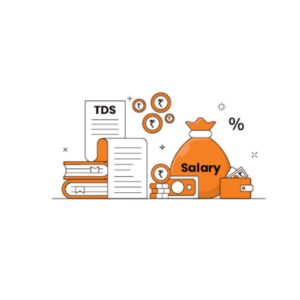![]()
Company final accounts
 Company final accounts, The preparation of a company’s final accounts, also known as financial statements, involves a series of steps and rules to ensure accurate representation of the company’s financial position, performance, and cash flows. The primary components of company final accounts include the income statement (profit and loss statement), balance sheet, and cash flow statement.
Company final accounts, The preparation of a company’s final accounts, also known as financial statements, involves a series of steps and rules to ensure accurate representation of the company’s financial position, performance, and cash flows. The primary components of company final accounts include the income statement (profit and loss statement), balance sheet, and cash flow statement.
Here are the general rules for their preparation:
Accrual Basis:
Final accounts are prepared using the accrual basis which records revenues and expenses when they are earn or incur, regardless of when cash is exchange. Consistency: Accounting methods and policies should be consistent from one period to another, enabling meaningful comparisons of financial information across time.
Materiality:
Information should be present and disclose based on its materiality. Any omission or misstatement can influence the economic decisions of users.
Going Concern Assumption:
It is assumed that the company will continue to operate in the foreseeable future. Assets and liabilities are record accordingly.
Separate Entity Concept:
The company’s financial affairs are treat as separate from those of its owners or shareholders.
Prudence (Conservatism):
Anticipate losses and expenses while not anticipating gains until they are realize. This prevents overstatement of assets and income.
Matching Principle:
Match expenses with revenues in the same accounting period to accurately reflect the company’s performance.
Accruals and Deferrals:
Adjustments for accruals (revenues earned but not yet receive, expenses incur but not yet paid) and deferrals (revenues received but not yet earn, prepaid expenses) are make to ensure accurate financial reporting.
Revenue Recognition:
Recognize revenue when it is earn and realizable, regardless of when payment is receive. Different criteria might apply based on the type of revenue (sale of goods, rendering services, interest, etc.).
Expense Recognition:
Recognize expenses in the period they contribute to earning revenue, regardless of when they are paid.
Historical Cost Principle:
Assets are recorded at their historical cost, not current market value. Exceptions include marketable securities and certain financial instruments.
Non-Operating Items:
Separate operating and non-operating items to provide a clear picture of the company’s core business performance.
Depreciation and Amortization:
Allocate the cost of long-term assets (such as property, plant, and equipment) over their useful lives through depreciation, and allocate the cost of intangible assets over their useful lives through amortization.
Consolidation:
If the company has subsidiaries, consolidated financial statements are prepare, combining the financial results and positions of the parent company and its subsidiaries.
Disclosure:
Provide sufficient information in the footnotes and supplementary schedules to explain and clarify the items presented in the financial statements.
Comparability:
The financial statements should be prepare in a way that allows for meaningful comparison with the statements of other companies, industry standards, and previous periods. These rules are base on generally accept accounting principles (GAAP) or International Financial Reporting Standards (IFRS), depending on the jurisdiction and standards adopted by the company.
Adhering to these rules ensures that the company final accountsaccurately represent its financial performance and position, facilitating informed decision-making by various stakeholders. It’s important to note that specific regulations and requirements might vary by jurisdiction and industry.
To visit: https://www.mca.gov.in/
